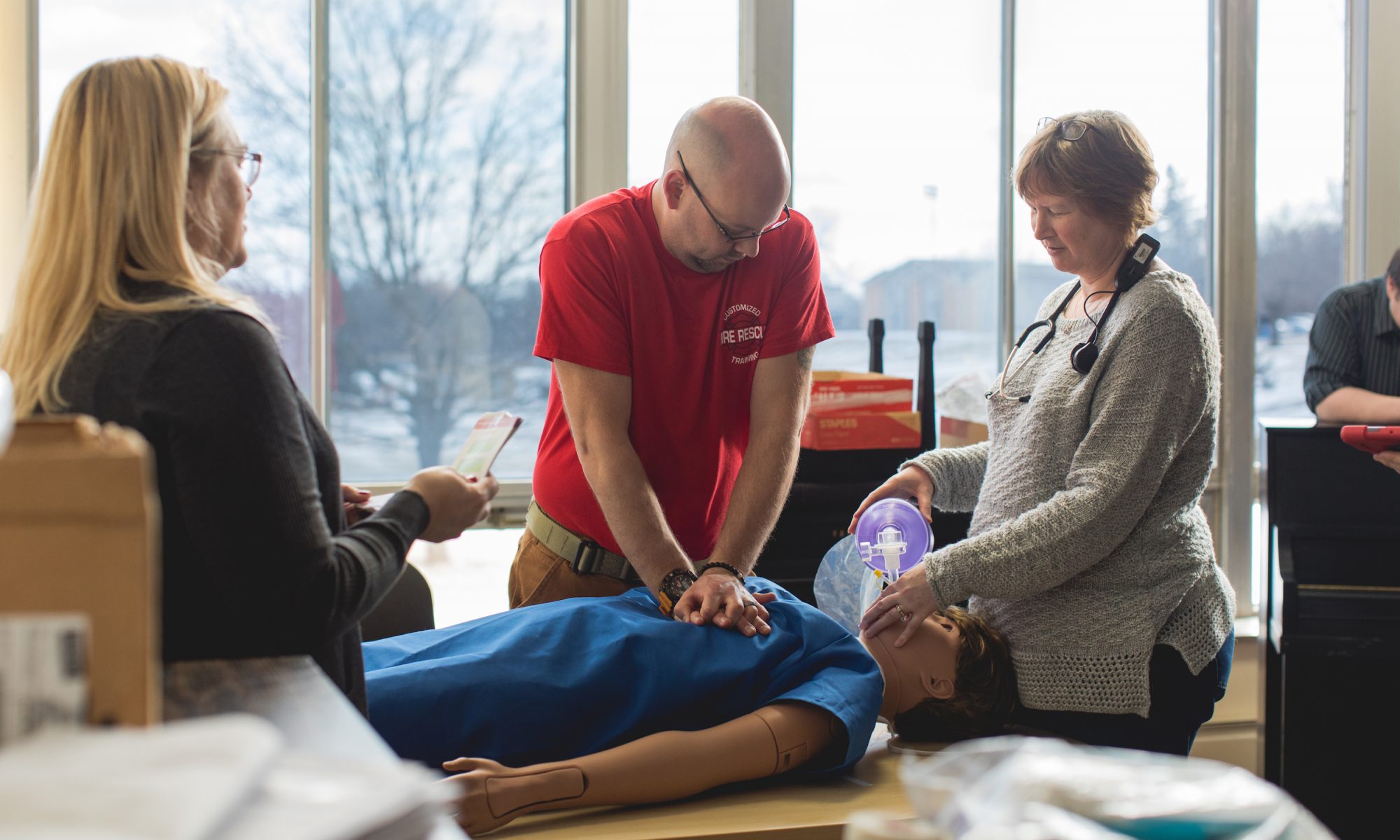Dear PALS Course Student:
Welcome to the Pediatric Advanced Life Support (PALS) refresher course.
Please plan to arrive on time, because it will be difficult for late students to catch up once we start. Students are expected to attend and participate in the entire course.
How to Get Ready
The PALS Course is designed to teach you the lifesaving skills required to be both a team member and a team leader in either an in-hospital or an out-of-hospital setting. Because the PALS Course covers extensive material in a short time, you will need to prepare for the course beforehand.
Precourse Requirements
You should prepare for the course by doing the following:
- Complete the precourse checklist that came with your PALS Provider Manual. Bring the checklist with you to the course.
- Review the course agenda and note course activities where you might need to supplement your knowledge before attending the course.
- Be prepared to pass the Child CPR and AED Skills Testing Checklist and Infant CPR Skills Testing Checklist. You will not be taught how to do CPR or how to use an AED during the course. The resuscitation scenarios require that your BLS skills and knowledge are current. Review and understand all 2020 BLS guidelines, especially as they relate to pediatric patients. You may find this information in the BLS Provider Manual or in other publications based on the 2020 AHA Guidelines Update for Cardiopulmonary Resuscitation and Emergency Cardiovascular Care
- Review and understand the information in your PALS Provider Manual and on the Student Website. Pay particular attention to the systematic approach to pediatric assessment, the evaluate-identify-intervene sequence, and the management of respiratory and circulatory abnormalities.
- Review, understand, and complete the Precourse Self-Assessment (mandatory) on the Student Website
https://elearning.heart.org/courses
- Print your Precourse Self-Assessment score: A passing score of 70% or above is required for the Precourse Self-Assessment. You can take the Precourse Self- Assessment as many times as needed to achieve a passing score. Bring the printout of your score with you to the PALS Course.
- Be familiar with the PALS algorithms and flowcharts so that you can apply them to clinical scenarios. Note that the PALS Course does not present the detail of each algorithm.
What This Course Does Not Cover
The PALS Course does not teach CPR, ECG rhythm identification, PALS pharmacology, or algorithms. If you do not review CPR and if you do not learn and understand the ECG and pharmacology information in the Precourse Self-Assessment, it is unlikely that you can successfully complete the PALS Course. You will not be taught how to read or interpret ECG rhythm strips in the course, nor will you be taught details about PALS pharmacology.
It is essential that you bring your PALS Provider Manual to class; you will need it during each lesson in the course.
You may refer to the 2020 Handbook of Emergency Cardiovascular Care for Healthcare Providers (optional), and you may bring it to the course to use as a reference during some of the stations in the course.
What to Wear
Please wear loose, comfortable clothing to class. You will be practicing skills that require you to work on your hands and knees, and the course requires bending, standing, and lifting. If you have any physical conditions that might prevent you from engaging in these activities, please tell an instructor. The instructor may be able to adjust the equipment if you have back, knee, or hip problems.
Contact EMTI with any questions. [email protected] or 952-446-4171
No classes are scheduled at this time.
Please contact us to discuss your current needs.
